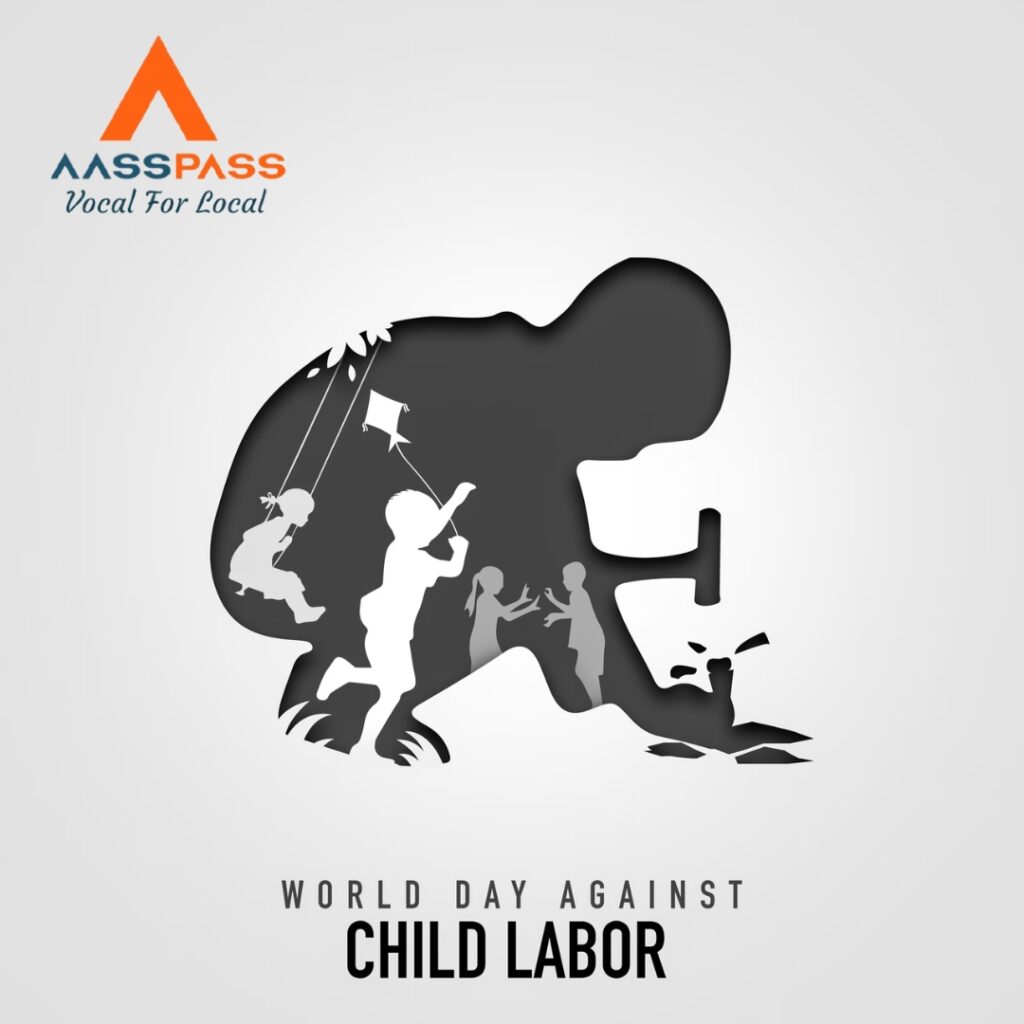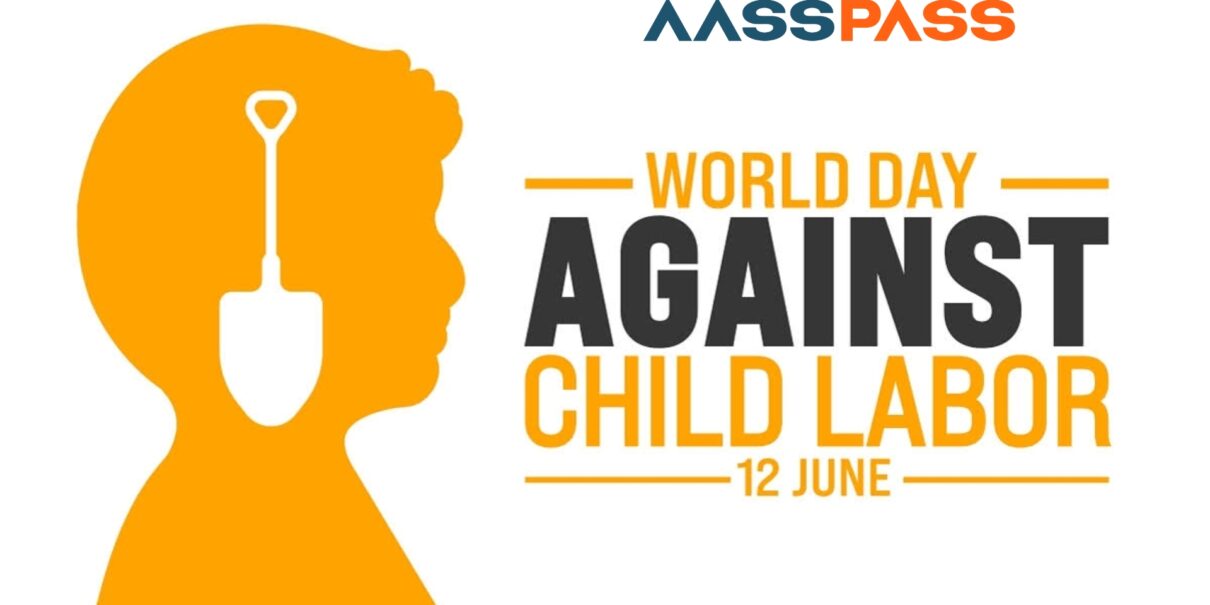Child labour refers to any kind of work that is unfit and inappropriate for a child’s age, physical and mental abilities. However, due to poverty and social injustice, lots of children are forced into labour at an early age, throughout the world. This further affects them physically, mentally and emotionally. Children are often pushed into labour at the cost of their education, development and wellbeing. It is important to be aware of this and work together in ensuring that these children are provided with a childhood that they deserve. As we celebrate World Day Against Child Labour today, here are a few things that we should keep in mind.
Children’s or adolescents’ participation in work that does not affect their health and personal development or interfere with their schooling, is generally regarded as being something positive. This includes activities such as helping their parents around the home, assisting in a family business or earning pocket money outside school hours and during school holidays. These kinds of activities contribute to children’s development and to the welfare of their families; they provide them with skills and experience, and help to prepare them to be productive members of society during their adult life.
Child labour is work carried out to the detriment and endangerment of a child, in violation of international law and national legislation. It either deprives children of schooling or requires them to assume the dual burden of schooling and work. Child labour to be eliminated is a subset of children in employment. It includes:
- All “unconditional” worst forms of child labour, such as slavery or practices similar to slavery, the use of a child for prostitution or for illicit activities;
- Work done by children under the minimum legal age for that type of work, as defined by national legislation in accordance with international standards.
The worst forms of child labour involves children being enslaved, separated from their families, exposed to serious hazards and illnesses and/or left to fend for themselves on the streets of large cities – often at a very early age. Whether or not particular forms of “work” can be called “child labour” depends on the child’s age, the type and hours of work performed, the conditions under which it is performed and the objectives pursued by individual countries. The answer varies from country to country, as well as among sectors within countries.
History:
The Indian Constitution prohibits children under the age of 14 from working in mines or in any hazardous occupation. The International labour Organisation (ILO) also states that a child under the age of 18 should not be involved in labour or any kind of hazardous work. In 1987, the Indian central government implemented a National Policy of Child Employment that focuses on rehabilitating children and adolescents who have been exposed to hazardous occupations since an early age. World Day Against Child Labour is observed to emphasise on the need to protect children from hazardous occupations and labour that are unfit for their age.
Significance:
The theme of this year’s World Day Against Child Labour is – Let’s Act on Our Commitments: End Child Labour. The day is observed with the intention of creating awareness about the hazardous effects of child labour, and how governments, civil society, individuals and workers can work together to ensure that a healthy childhood is provided for every child in the world.

Leave a Reply